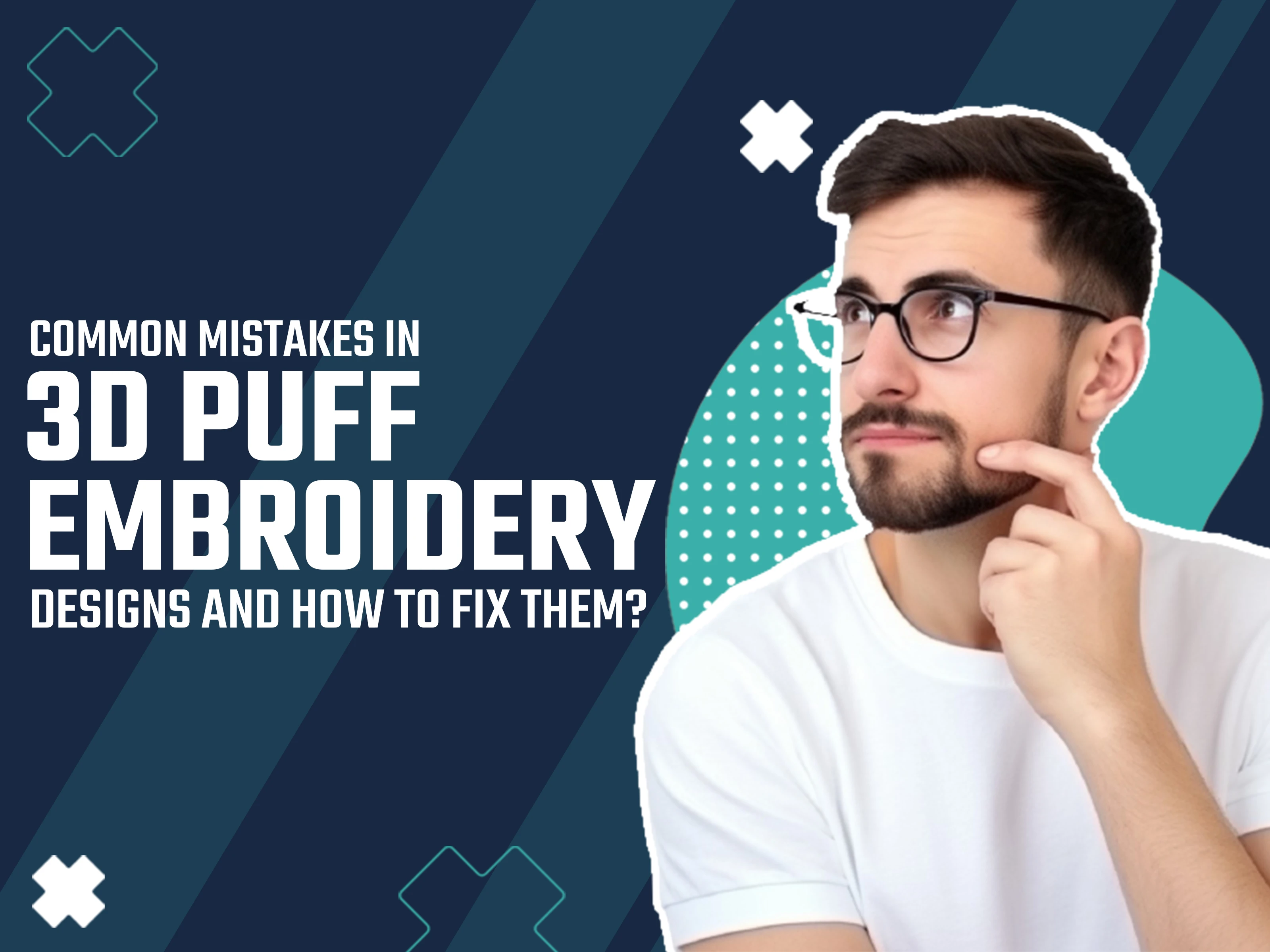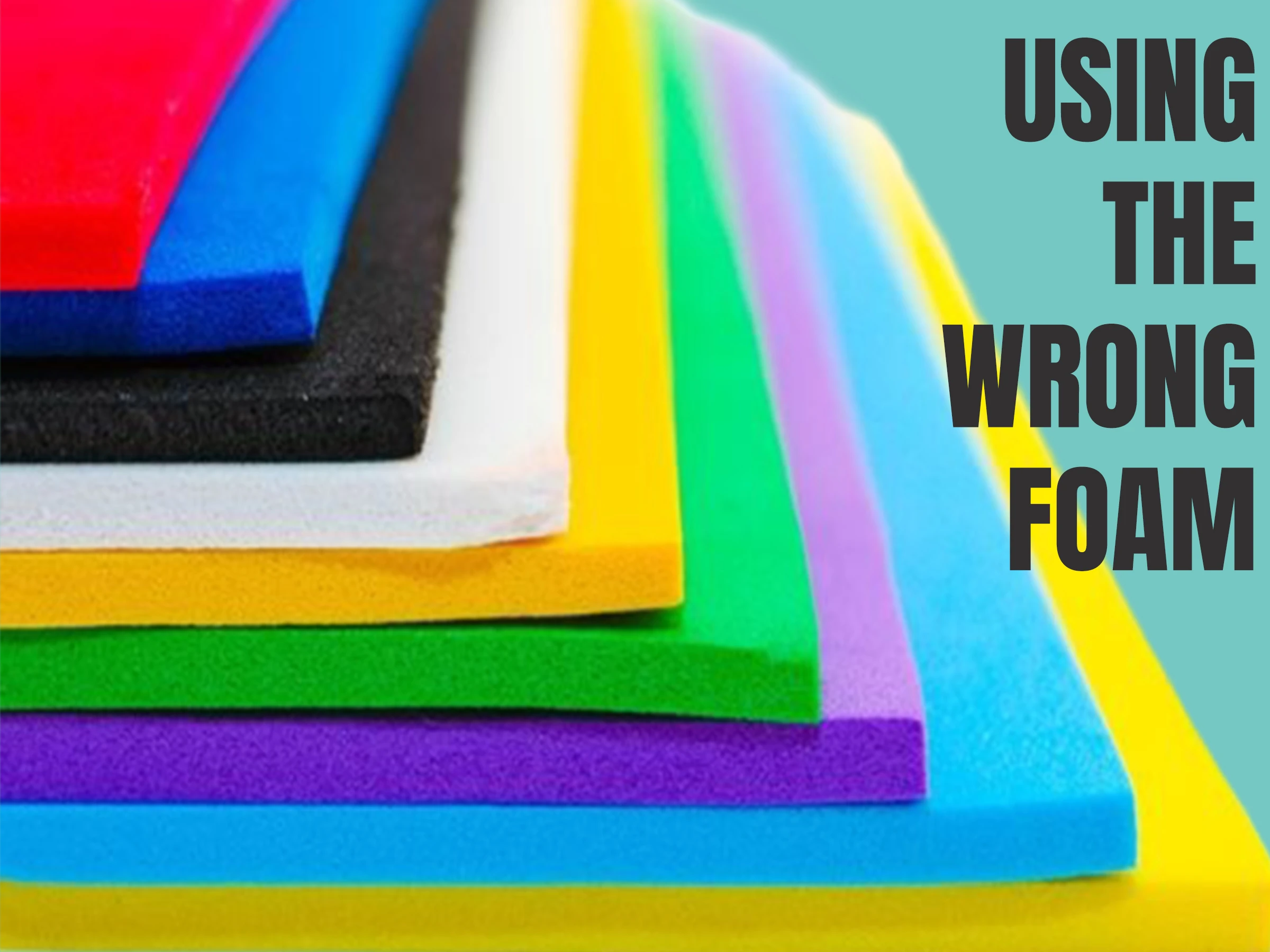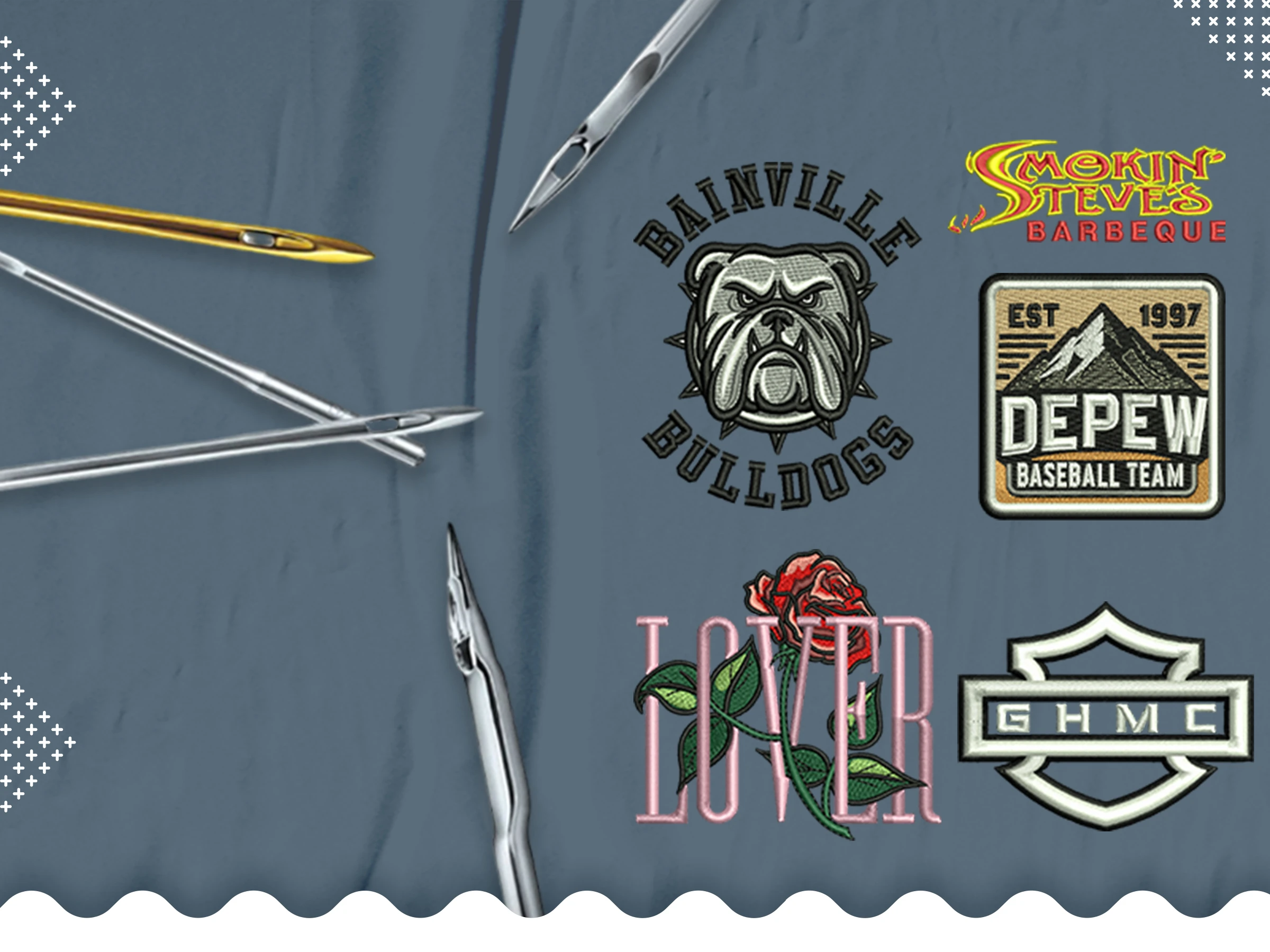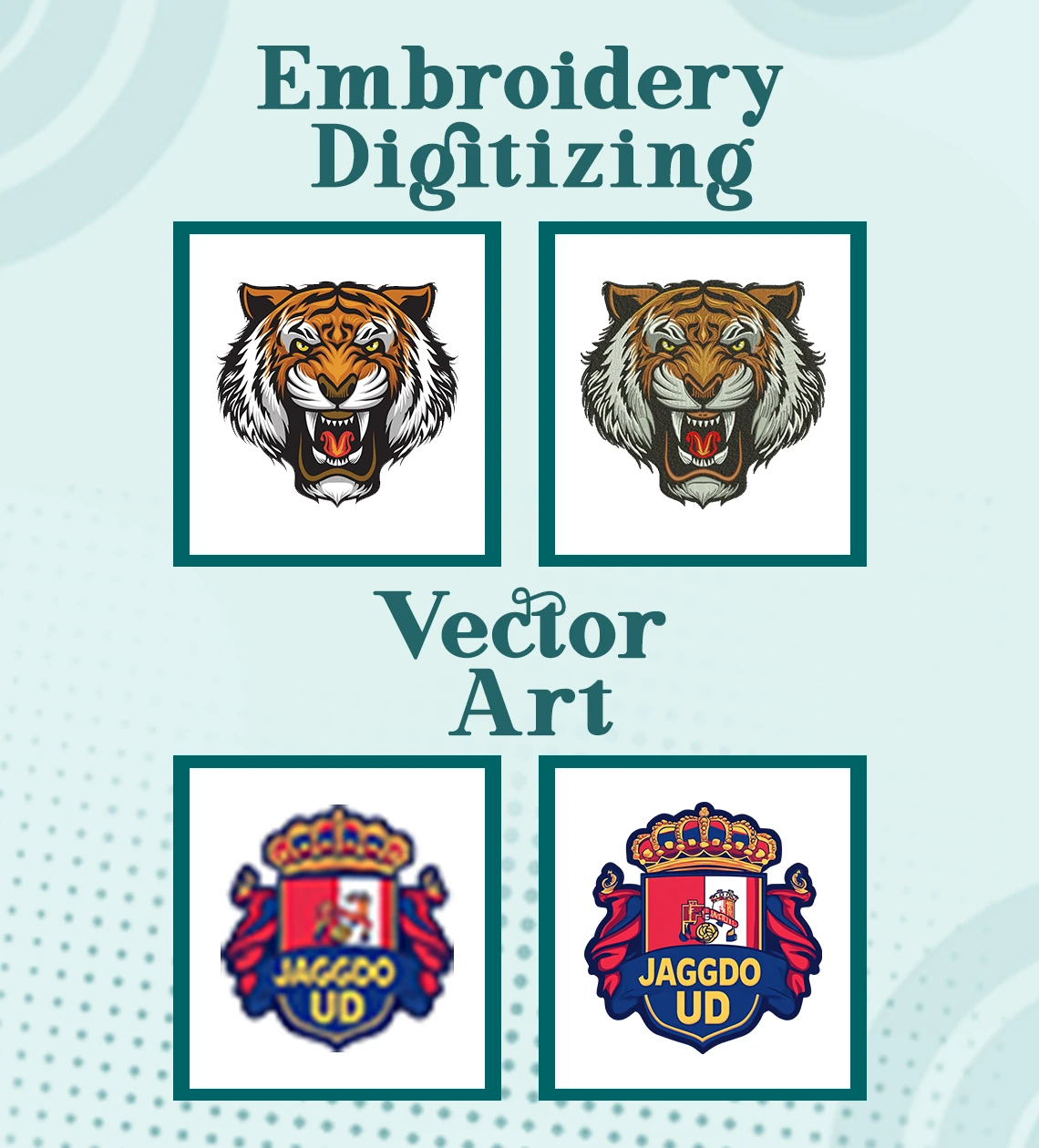
3D puff embroidery is one of the most common embroidery in the embroidery design industry. If you are an embroidery enthusiast and follow embroidery trends then you definitely know it.
Basically, 3D puff embroidery designs occur on hats, jackets, shirts, and other apparel. It is tricky because when we start creating designs, we face so many common issues, but once you understand the basics of 3D puff embroidery, it will be easy to create beautiful 3D puff embroidery designs on your favorite apparel. And if you are thinking about how to resolve these problems then you don’t need to worry, because for your ease we are here to help you.
.webp)
In the process of 3D puff embroidery, foam is used to create raised, dimensional embroidery designs on your apparel. It looks stylish and widely used in caps, different types of hats, shirts, (either it is polo shirts or other), and jackets. Regular embroidery lies flat, whereas 3D puff embroidery adds depth and texture to create visually attractive designs.
If you want to get this 3D effect, then foam is placed on the fabric, and embroidery stitches will be applied over the design to create the desired shapes. Additionally, the process requires perfection, because small mistakes can affect the design’s quality.

There are many common mistakes in 3D puff embroidery designs but here, we will discuss some major issues we face when creating a design. From wrong foam, stitch density, and design, to fonts. Let's have a look at the issues and find their solution.

One of the most common mistakes is the wrong foam that is too thin, too thick, incompatible or doesn’t even match the fabric. It can affect your design or uneven stitches that can’t hold it properly.
Always use the right foam that is specifically designed for 3D puff embroidery, but must be 2mm to 3mm thick, and make sure the foam matches your desired fabric color to prevent visible edges of the design if stitches don’t cover it completely.
High stitch density may break the foam and too low stitch density may fail to compress the foam, so leave it open and make sure stitch density must be balanced.
Stitch density must be balanced, with the ideal density ranging from 0.16 to 0.22mm for 3D puff embroidery. Always check the density of any sample before running the design.

If you are using too large or too small needles that means the foam can break easily and cause unnecessary holes.
Always use the right needle size, it can be 75/11 or 80/12 for 3D puff embroidery designs. Please keep in mind that the sharp points of the needles are preferable to penetrate the foam neatly.
Removing visible edges from foam after stitching minimizes the design’s look.
With the help of tweezers or a heat gun, you can remove extra foam after embroidery, making sure all marks have been cleaned for a stylish look.
Wrong design and font selection can be challenging to execute for 3D puff embroidery and often result in damaged or incomplete shapes.
Always choose simple and bold fonts and designs with minimal detail. Check your design on a rough fabric and make sure it is good for 3D puff embroidery.
At True Digitizing, we offer quick turnaround times, guaranteed quality, and the option to preview your design before making a payment. We ensure you get exactly what you need. We are committed to delivering the best results every time. What are you waiting for? Contact True Digitizing today and experience the difference in quality and service.

As you know True Digitizing is one of the leading custom embroidery digitizing service providers in the USA. Our team of experts understands the design’s complexities. We provide several digitizing services and 3D puff embroidery digitizing is one of them. If you want to get our 3D puff embroidery digitizing service for customized hats, shirts, jackets, or other apparel, we are always ready to help.
Now we are going to wrap up our blog. We have discussed major common 3D puff embroidery mistakes and their solutions. By avoiding these common mistakes, you can take your 3D puff embroidery projects to the next level. But you need practice because practice makes a man perfect.
Nick William has been immersed in the world of embroidery digitizing for over 20 years, earning 25 industry awards throughout his career. As a 3rd generation embroidery expert, Nick’s journey started in his family’s workshop, where he learned the art of digitizing before the rise of modern software. He has worked with leading commercial embroidery businesses and has shared his expertise with over 75,000 home and professional embroiderers. As an author at True Digitizing, Nick is passionate about teaching others how to create beautiful, precise designs through easy-to-follow tutorials and expert advice.
Categories

6 Popular Types of Vector Files 2025
16-04-2025

How To Create A Vector File: Step-by-Step Guide
15-04-2025

What Is A Vector File? Everything You Need To Know
14-04-2025

Best Janome Embroidery Machines You Need to Check Out in 2025
11-04-2025

Custom Embroidery Digitized Designs For Hoodie Lovers
10-04-2025

Best Embroidery Patches For Your Clothes
10-04-2025

Professional Online Photo Digitizing Services Provided by True Digitizing
09-04-2025

Best Babylock Embroidery Machines For You
09-04-2025

Barudan Embroidery Machines: From Beginners to Professionals
04-04-2025

Custom Sweatshirt Embroidery Digitized Designs By True Digitizing
03-04-2025